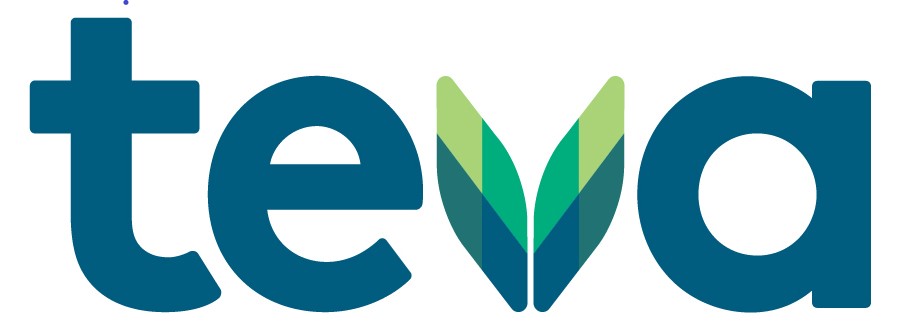Patient scheduling may seem like a simple process, but there is often an expertise that is required to ensure patients are scheduled efficiently. Effective scheduling has a significant impact on a physician’s day, a patient’s care and a practice’s operation. A medical practice can be unpredictable and there will be things that are out of your control. But there are things that you and your staff can do to ensure the day runs smoothly. Mastering the ability to optimize patient scheduling will lower stress for your staff and your patients, and leave everyone feeling happier.
Prioritize appointments.
Consider important factors such as level of care needed and potential time required. Every patient is different and so are his or her needs. As staff is fielding calls, make sure they are using their expertise to determine what the appointment will require. Could this be a long appointment, or is it something that can be handled with a phone call? Using this approach ensures that patients needing a high level of care can get it on the same day, or patients who don’t need a doctor right away aren’t wasting their time or the physician’s.
Use midday as a starting point.
Try to schedule morning appointments from as close to noon as possible and backwards. Afternoon appointments should be as close to noon as possible and forwards. Implementing this technique will help you maintain consistency and maximize efficiency. This will ensure that the bulk of the day is scheduled out and if those earlier morning and later day slots aren’t used they can be utilized for other office requirements. Keeping those end of the day times open also allows for scheduling patients on the waiting list. Whether you use wave scheduling, double-booking, stream or practice-based, decide what method works best for your practice and ensure it is being used by everyone on staff.
Create a waiting list.
Create a simple and standardized waiting list so last minute cancellations or open time slots can be filled.
Confirm with text or email.
No-shows or last minute cancellations are the quickest way to disrupt your schedule and your bottom line. Be sure to implement late arrival and no-show policies to combat this, but also utilize a technological reminder system such as text or email. Texting and email is becoming the preferred method of communication in our innovative world. Use it to your advantage!
If your schedule is always too full, or never full enough, your practice’s scheduling process may need a revamp. Take notes on the inconsistencies and patterns and discuss these issues with your staff. Implement these four ideas for effective medical scheduling and make sure these practices are followed consistently among the entire team. Creating an optimized schedule creates a more predictable work flow and a less chaotic medical practice.
Posted by



















